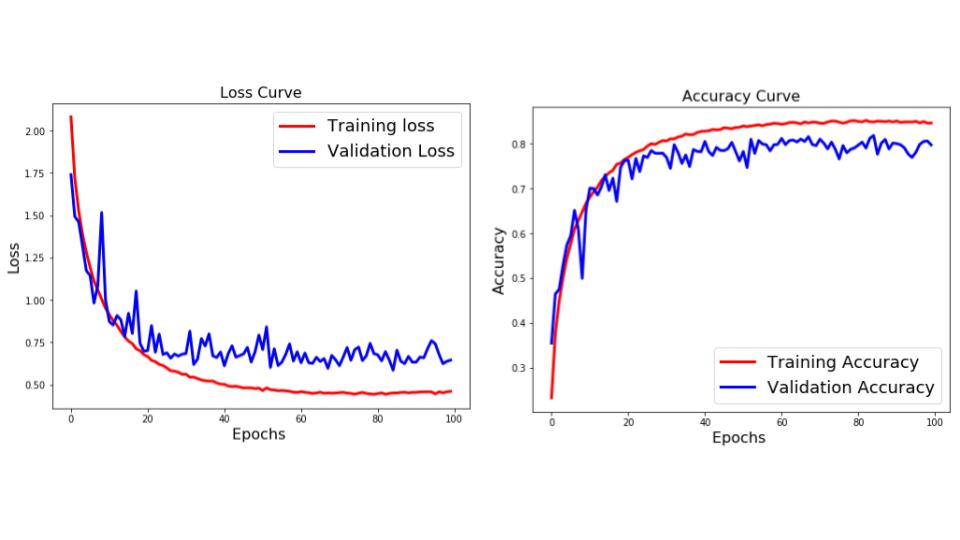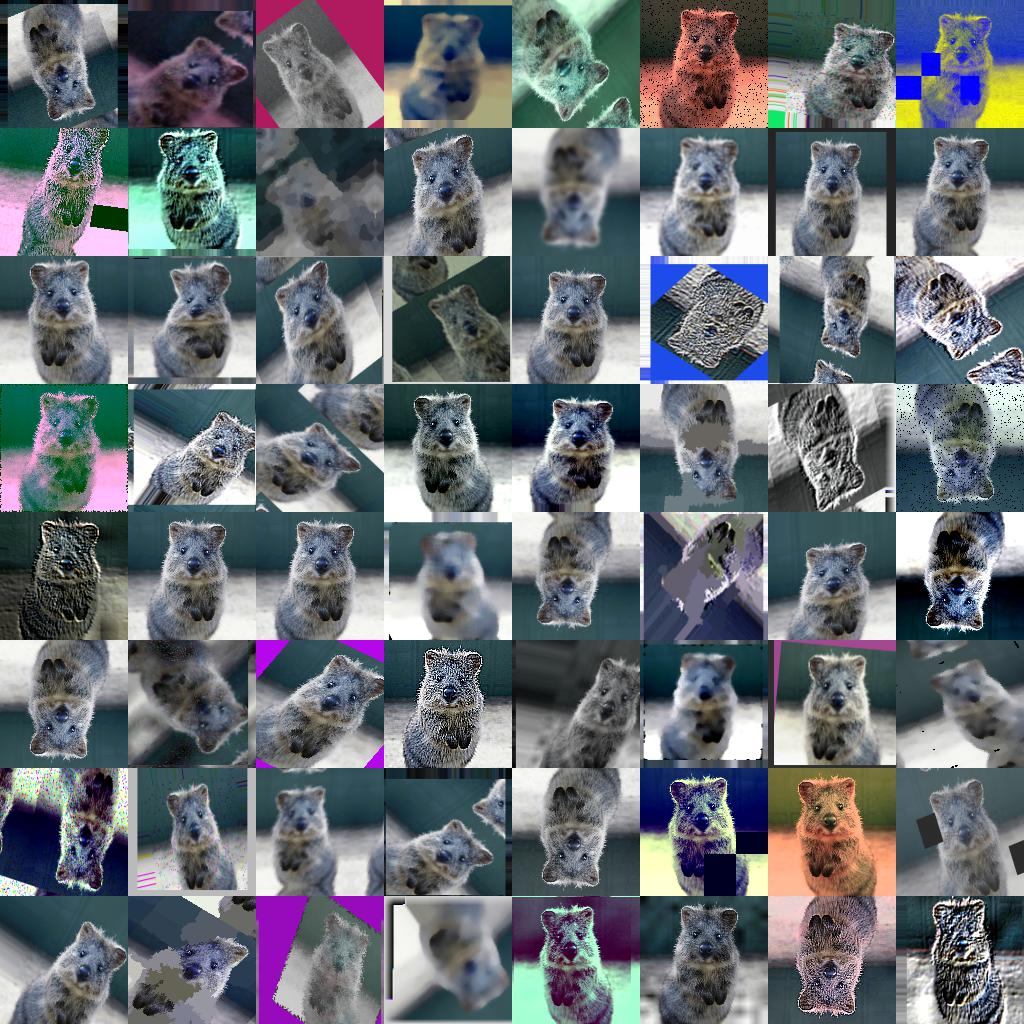

# checkpoint_dir = os.path.dirname(checkpoint_path) # tensorboard_callback = tf.(log_dir=log_dir, histogram_freq=1) # Model summary #ĭef train_and_save_model(model, train_ds, val_ds, model_h5_path, epochs=10): Layers.Conv2D(64, 3, padding='same', activation='relu'), Layers.Conv2D(32, 3, padding='same', activation='relu'), Layers.Conv2D(16, 3, padding='same', activation='relu'), Layers.Rescaling(1./255, input_shape=(img_height, img_width, 3)), # data_augmentation, # thinking of skipping data augmentation as the training # layers.Conv2D(64, 3, padding='same', activation='relu'), # layers.Conv2D(32, 3, padding='same', activation='relu'), # layers.Conv2D(16, 3, padding='same', activation='relu'), # layers.Rescaling(1./255, input_shape=(img_height, img_width, 3)), # below is the less accurate model architecture(without dropout or data-augmentation)

# currently no data_augmentation will be done(as in commenting in model creation statement) # the complete usability of use_data_augmentation is not done # 8 to 10 (by understanding) different angles(with by rotating) # data augmentation steps makes sure the data is fed to the model Print(np.min(first_image), np.max(first_image))ĭef create_and_compile_model(img_height, img_width, class_names, use_data_augmentation = False): Image_batch, labels_batch = next(iter(normalized_ds)) Normalized_ds = train_ds.map(lambda x, y: (normalization_layer(x), y)) Normalization_layer = layers.Rescaling(1./255) Val_ds = val_ds.cache().prefetch(buffer_size=AUTOTUNE) Train_ds = train_ds.cache().shuffle(1000).prefetch(buffer_size=AUTOTUNE) # Configure the dataset for performance # # print('img type:', type(images), images.shape) # for images, labels in train_ds.take(1): # You can find the class names in the class_names attribute on these datasets # Let's use 80% of the images for training, and 20% for validation. # It's good practice to use a validation split when developing your model. Sunflower_path = tf._file('Red_sunflower', origin=sunflower_url)ĭef create_and_configure_datasets(img_height, img_width, batch_size):
#Tensorflow keras data augmentation image shifting code#
This is the code for creating a CNN using keras '''įrom import Sequentialĭata_dir = tf._file('flower_photos', origin=dataset_url, untar=True) Used this link to create the basic code and will modify later as needed This is what I think should happen IDEALLY. Just to be clear, my main intension here is to make sure the output of the keras model and the converted tflite model is exactly the same.Īnd by saying "exactly the same" I mean the floating point values of the output neurons/tensors of both models should be the same when the same image is fed as input image. The model is not accurate yet but just as a part of POC I wanted to check if the output of the same image given to the keras model and keras-to-tflite converted model are the same or not. I have created a CNN model using keras from tensorflow.


 0 kommentar(er)
0 kommentar(er)
